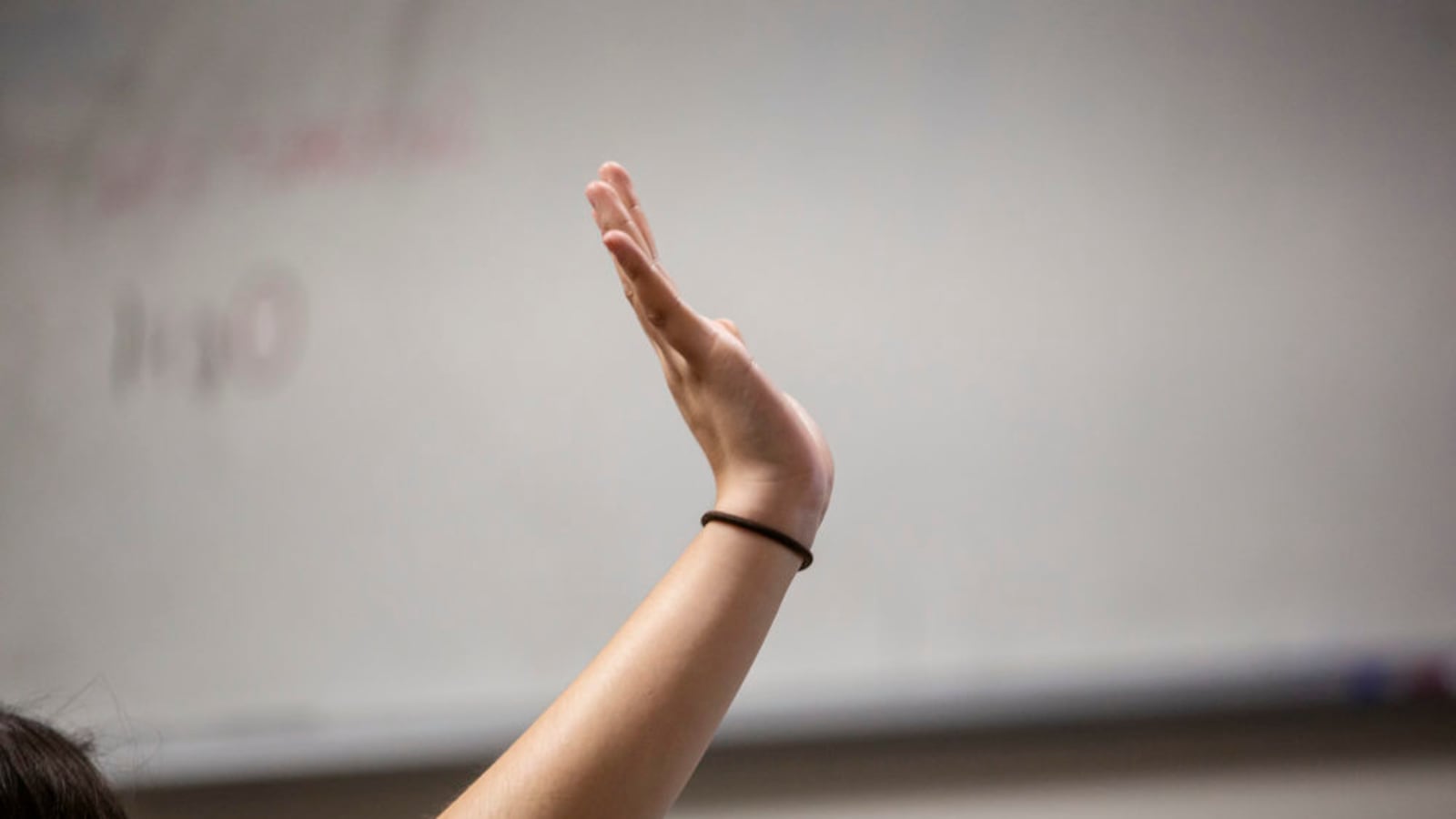The Academy of Arts & Letters, a highly sought-after progressive elementary and middle school on the Fort Greene/Clinton Hill border, might have a new home next year in Bedford-Stuyvesant.
The education department is eyeing a possible merger with the underenrolled P.S. 305 as a way to solve two issues: Arts & Letters needs more space, and the school, as well as its Brooklyn district, is working to integrate students from diverse social and economic backgrounds.
Arts & Letters, a lottery-based school that attracts students from across District 13 — which also includes Brooklyn Heights, Dumbo, Prospect Heights and part of Park Slope — has been sharing space with the neighborhood school P.S. 20. But both schools are bursting at the seams, each operating at more than 130% capacity, according to Department of Education data.
P.S. 305, on the other hand, has room to spare. The school, whose students overwhelmingly come from low-income families unlike Arts & Letters, is operating at only 36% capacity.
A working group of parents, teachers, and administrators from the three Brooklyn schools have begun to sketch out possible proposals for the 2020-21 school year, and education department officials are in the process of scheduling community meetings to hear feedback.
But merging schools with distinct philosophies and student demographics can be challenging and often requires difficult conversations. For example, a preliminary plan to merge two schools in the East Village with similar profiles — the popular, progressive East Village Community School and the struggling P.S./M.S. 34 — was recently tabled after parents from P.S. 34 spoke out against the move, feeling their identity was going to be lost in the move.
The working group in Brooklyn recognizes there’s a lot of work to be done.
“There are lots of questions that still need to be asked and answered,” the working group wrote in a recent letter. “Many of the questions are common across all three of our schools like ‘What will happen next?’ ‘When will I get a chance to voice my thoughts?’ ‘How will my school community change?’ and ‘Will the schools be funded so as to thrive with this move and merger?’”
The letter was first posted on the NYC School Help blog, run by Brooklyn schools admissions consultant Joyce Szuflita.
When Arts & Letters moved into P.S. 20’s home of nearly 70 years, the neighborhood school had a dwindling student population. But P.S. 20, which has a popular French dual language program, has in recent years attracted more students, especially as the surrounding Fort Greene and Clinton Hill blocks have gentrified.
Meanwhile, Arts & Letters’ progressive bent — it has a strong emphasis on hands-on learning and student-led projects are emphasized over test prep — has attracted a strong following the past several years across the district, especially among affluent families moving in.
As its student body changed, the school’s community wanted to prevent its demographics from tipping too affluent or too white and ensure that children come from a range of socioeconomic backgrounds. It was among the first schools in the city a few years ago to pilot a diversity-based admissions policy, reserving a portion of its seats for students from low-income families.
Currently, roughly one in five students at the school qualify for free or reduced lunch. More than 70% of its students passed state math exams.
That’s in stark contrast to P.S. 305, where 94% of students qualify for free and reduced lunch. P.S. 305 has seen declining enrollment as charter schools in the area have gained ground. Fewer than 20% of its students passed math exams.
The Arts & Letters/P.S. 305 merger was the best of three possible options, according to the letter. The other options included co-locating Arts & Letters in P.S. 305’s building or splitting Arts & Letters up, so that the lower grades would remain in P.S. 20’s building at 225 Adelphi St., while the upper grades would move to P.S. 305 at 344 Monroe St.
“We believe this plan would help grow enrollment, strengthen programmatic offerings, expand resources, and promote diversity and integration,” the working group wrote, noting there were also questions about how a merger would affect the schools’ teachers and principals.
“As the possible merger proceeds through the DOE process, there will be moments for us to come together to talk about it and for opportunities and concerns to be expressed,” the letter stated.
Additionally, P.S. 305 has room for 385 students, according to education department data, while Arts & Letters currently enrolls more than 500 students. But education officials told Chalkbeat that P.S. 305’s building would have capacity to accommodate a merger.
Schools consultant Szuflita thought the merger could benefit all parties.
“A merge helps A&L find a new permanent home and it helps bring thoughtful attention and popular muscle to 305, a local school that is drastically under-enrolled,” she wrote. “It also helps P.S. 20 where A&L was formerly co-located. They now have room to come into their own.”

